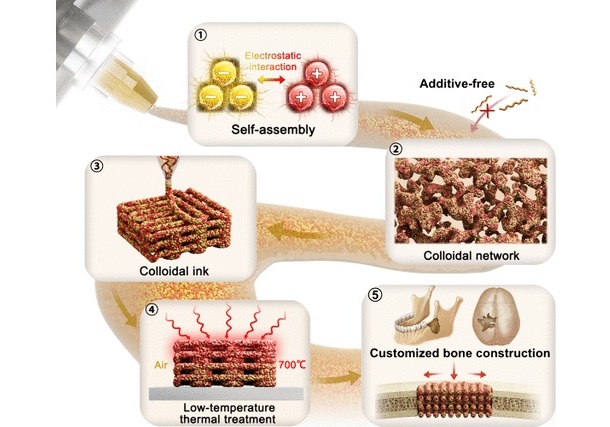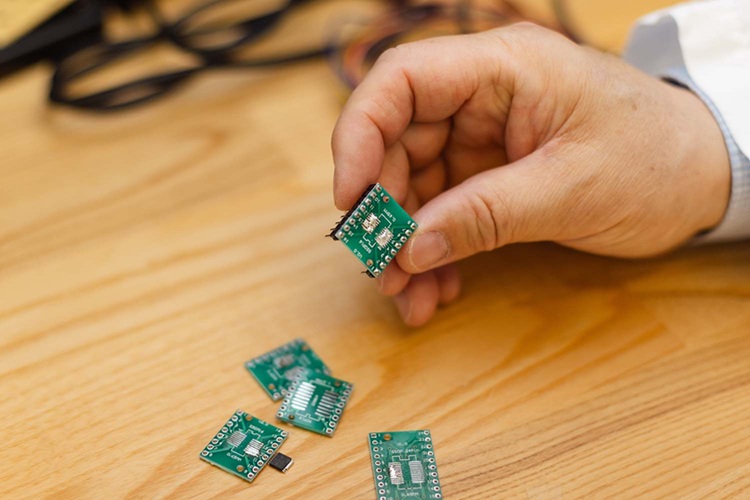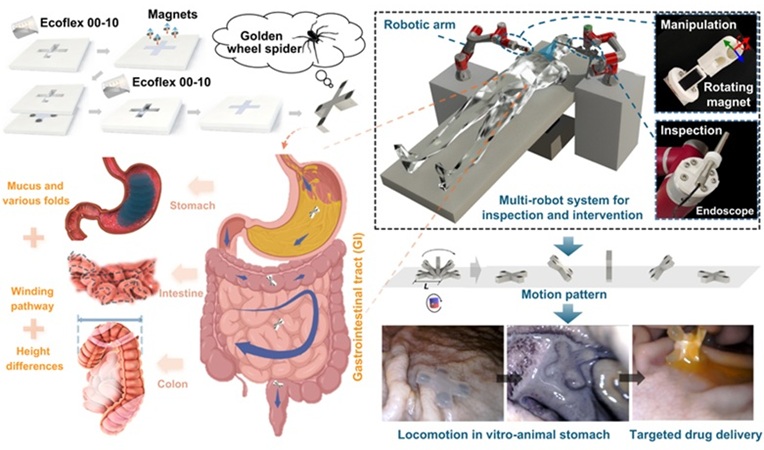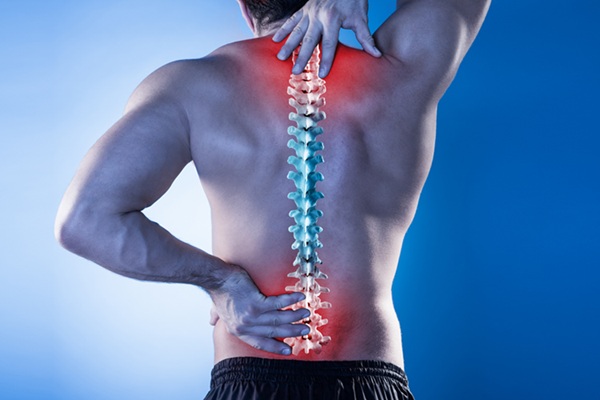Surfaces Play Major Role in SARS-CoV-2 Transmission
|
By HospiMedica International staff writers Posted on 17 Jun 2020 |
A new study claims that without effective surface cleaning, viruses can easily be disseminated by surface-mediated transmission.
Researchers at University College London (UCL, United Kingdom) and Great Ormond Street Hospital for Children (GOSH; London, United Kingdom) used an artificially replicated section of DNA from a plant-infecting virus (which only affects cauliflowers), and added it to a 100 microlitres of water, spraying it onto a bed rail within an isolation room on a pediatric ward. Swab samples were then taken from ward surfaces that evening and the following four evenings to assess dispersal. In all, 44 samples were taken daily from the immediate bedspace environment, cubicle door handles, clinical areas, and from general ward areas.
The results showed that within 10 hours, the surrogate had transferred to 41% of all surfaces sampled within the ward, with 86% of sampled sites in clinical areas testing positive on day three; the surrogate DNA persisted throughout the entire sampling period, with 41% positive sites on day five, implying a combination of poor surface cleaning, movement of patients, carers not adhering to the hand washing guidelines, and potential re-inoculation of the surrogate DNA following patient movement between the isolation room and clinical areas. The study was published on May 22, 2020, in Journal of Hospital Infection.
“The surrogate DNA was inoculated once to a single site, while patients infected with SARS-CoV-2 will introduce continual shedding of the virus through touching surfaces and coughing,” concluded senior author Lena Ciric, PhD, of UCL, and colleagues. “Healthcare workers cannot prevent the spread of the virus during aerosol generating procedures and contact with infected patients unless strict hand hygiene, careful donning and doffing of personal protective equipment, and consistent cleaning is undertaken.”
“People can become infected with Covid-19 through respiratory droplets produced during coughing or sneezing. Equally, if these droplets land on a surface, a person may become infected after coming into contact with the surface and then touching their eyes, nose, or mouth,” said study co-author Elaine Cloutman-Green, PhD, of GOSH. “Like SARS-CoV-2, the surrogate we used for the study could be removed with a disinfectant wipe or by washing hands with soap and water. Cleaning and handwashing represent our first line of defense against the virus.”
SARS-CoV-2 is an enveloped virus; as such, it is very susceptible to most cleaning agents, which destroys the envelope and deactivates the virus. When left untreated, SARS-CoV-2 remains viable for up to 72 hours on plastic and steel surfaces, and for up to eight hours on copper and cardboard surfaces.
Related Links:
University College London
Great Ormond Street Hospital for Children
Researchers at University College London (UCL, United Kingdom) and Great Ormond Street Hospital for Children (GOSH; London, United Kingdom) used an artificially replicated section of DNA from a plant-infecting virus (which only affects cauliflowers), and added it to a 100 microlitres of water, spraying it onto a bed rail within an isolation room on a pediatric ward. Swab samples were then taken from ward surfaces that evening and the following four evenings to assess dispersal. In all, 44 samples were taken daily from the immediate bedspace environment, cubicle door handles, clinical areas, and from general ward areas.
The results showed that within 10 hours, the surrogate had transferred to 41% of all surfaces sampled within the ward, with 86% of sampled sites in clinical areas testing positive on day three; the surrogate DNA persisted throughout the entire sampling period, with 41% positive sites on day five, implying a combination of poor surface cleaning, movement of patients, carers not adhering to the hand washing guidelines, and potential re-inoculation of the surrogate DNA following patient movement between the isolation room and clinical areas. The study was published on May 22, 2020, in Journal of Hospital Infection.
“The surrogate DNA was inoculated once to a single site, while patients infected with SARS-CoV-2 will introduce continual shedding of the virus through touching surfaces and coughing,” concluded senior author Lena Ciric, PhD, of UCL, and colleagues. “Healthcare workers cannot prevent the spread of the virus during aerosol generating procedures and contact with infected patients unless strict hand hygiene, careful donning and doffing of personal protective equipment, and consistent cleaning is undertaken.”
“People can become infected with Covid-19 through respiratory droplets produced during coughing or sneezing. Equally, if these droplets land on a surface, a person may become infected after coming into contact with the surface and then touching their eyes, nose, or mouth,” said study co-author Elaine Cloutman-Green, PhD, of GOSH. “Like SARS-CoV-2, the surrogate we used for the study could be removed with a disinfectant wipe or by washing hands with soap and water. Cleaning and handwashing represent our first line of defense against the virus.”
SARS-CoV-2 is an enveloped virus; as such, it is very susceptible to most cleaning agents, which destroys the envelope and deactivates the virus. When left untreated, SARS-CoV-2 remains viable for up to 72 hours on plastic and steel surfaces, and for up to eight hours on copper and cardboard surfaces.
Related Links:
University College London
Great Ormond Street Hospital for Children
Latest Critical Care News
- Virus Cocktail to Combat Superbugs Offers New Precision Medicine Approach for Hospitals Battling AMR
- Smart Biosensors Could Be Game-Changer for Wearable Health Tech
- Brainwave Test Detects Memory Decline Years Before Alzheimer’s Diagnosis
- Low-Cost Medical Device Stops Postpartum Hemorrhages
- Non-Invasive Wearable Sensor Detects Sweat Biomarker in Low-Perspiration Conditions
- New Autoinjector Could Transform Trauma Care in Severe Bleeding Emergencies
- Portable Light-Based Brain Monitor Improves Dementia Diagnosis
- New Ultrasound Technique Enables Safer Vein Access in Critically Ill Patient
- CVD Risk Prediction Tool Could Guide Statin Therapy
- Wearables Could Revolutionize Pregnancy Monitoring and Detect Abnormalities
- AI Model Identifies AF Patients Requiring Blood Thinners to Prevent Stroke
- Soft Robot Intubation Device Could Save Lives
- Bee-Sting Inspired Wearable Microneedles to Revolutionize Drug Delivery
- Wearable Smart Patch Runs Tests Using Sweat Instead of Blood
- AI Improves Prediction of CKD Progression to End Stage Renal Disease
- First-Of-Its-Kind Online Tool to Revolutionize Treatment of High Blood Pressure
Channels
Surgical Techniques
view channel
3D Printable Bio-Active Glass Could Serve as Bone Replacement Material
Glass may not seem like a natural choice for replacing bone, yet the two materials share surprising similarities in structure and strength. Bone and glass both bear weight more effectively than they withstand... Read more
Micro Imaging Device Paired with Endoscope Spots Cancers at Earlier Stage
Digestive system cancers are among the most common cancers, with hundreds of thousands of new cases and deaths reported annually in the United States. Standard endoscopy, the main diagnostic method for... Read more
Spider-Inspired Magnetic Soft Robots to Perform Minimally Invasive GI Tract Procedures
The gastrointestinal (GI) tract is vital for digestion, nutrient absorption, and waste elimination, but it is also prone to cancers and other serious conditions. Standard endoscopy is widely used for diagnosis... Read morePatient Care
view channel
Revolutionary Automatic IV-Line Flushing Device to Enhance Infusion Care
More than 80% of in-hospital patients receive intravenous (IV) therapy. Every dose of IV medicine delivered in a small volume (<250 mL) infusion bag should be followed by subsequent flushing to ensure... Read more
VR Training Tool Combats Contamination of Portable Medical Equipment
Healthcare-associated infections (HAIs) impact one in every 31 patients, cause nearly 100,000 deaths each year, and cost USD 28.4 billion in direct medical expenses. Notably, up to 75% of these infections... Read more
Portable Biosensor Platform to Reduce Hospital-Acquired Infections
Approximately 4 million patients in the European Union acquire healthcare-associated infections (HAIs) or nosocomial infections each year, with around 37,000 deaths directly resulting from these infections,... Read moreFirst-Of-Its-Kind Portable Germicidal Light Technology Disinfects High-Touch Clinical Surfaces in Seconds
Reducing healthcare-acquired infections (HAIs) remains a pressing issue within global healthcare systems. In the United States alone, 1.7 million patients contract HAIs annually, leading to approximately... Read moreHealth IT
view channel
Printable Molecule-Selective Nanoparticles Enable Mass Production of Wearable Biosensors
The future of medicine is likely to focus on the personalization of healthcare—understanding exactly what an individual requires and delivering the appropriate combination of nutrients, metabolites, and... Read moreBusiness
view channel
Philips and Masimo Partner to Advance Patient Monitoring Measurement Technologies
Royal Philips (Amsterdam, Netherlands) and Masimo (Irvine, California, USA) have renewed their multi-year strategic collaboration, combining Philips’ expertise in patient monitoring with Masimo’s noninvasive... Read more
B. Braun Acquires Digital Microsurgery Company True Digital Surgery
The high-end microsurgery market in neurosurgery, spine, and ENT is undergoing a significant transformation. Traditional analog microscopes are giving way to digital exoscopes, which provide improved visualization,... Read more
CMEF 2025 to Promote Holistic and High-Quality Development of Medical and Health Industry
The 92nd China International Medical Equipment Fair (CMEF 2025) Autumn Exhibition is scheduled to be held from September 26 to 29 at the China Import and Export Fair Complex (Canton Fair Complex) in Guangzhou.... Read more












